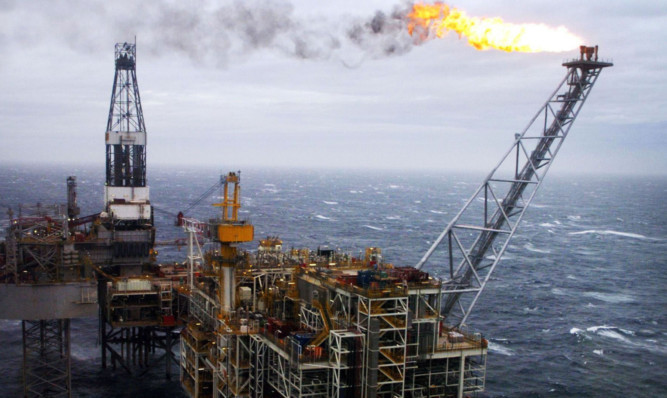Scottish North Sea oil revenues could drop to £500 million next year, according to a new report from the Scottish Government.
The oil and gas bulletin, published on the final day before the Scottish Parliament goes into recess for the summer, painted a starkly different picture to pre-independence referendum claims.
There is an 85% drop in revenue for the next two years compared to the SNP’s preferred projections in the independence White Paper.
Depending on the price of oil, production levels and the level of efficiency improvements that can be achieved, tax revenues from the sector are projected to be between £0.5 billion and £2.8 billion in 2016-17 – which the SNP had proposed as the first year of independence if there had been a Yes vote in the referendum.
While report says receipts over the next four years could total up to £10.8 billion, this higher total depends on oil prices returning to 100 US dollars a barrel (£63).
In its worst-case scenario, Scottish North Sea oil revenues could total £2.4 billion over the period 2016-17 to 2019-20.
Leading industry figures have suggested the price of oil could remain at approximately 60 US dollars a barrel (£38) for some time but the Scottish Government said there “is no consensus” on price.
The report said that, as “an illustrative example, in its March 2015 Economic and Fiscal Outlook the OBR (Office for Budget Responsibility) considers a scenario where the oil price could return to 100 US dollars per barrel in 2015-16”.
It then suggested: “In this case, when combined with the production and operating cost improvements, tax receipts from the Scottish portion of the North Sea between 2016-17 and 2019-20 could be £10.8 billion.”
* For more on this story see Friday’s Courier or try our digital edition.
